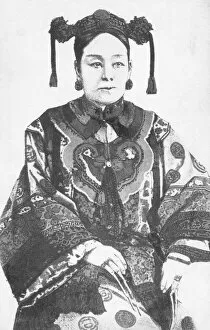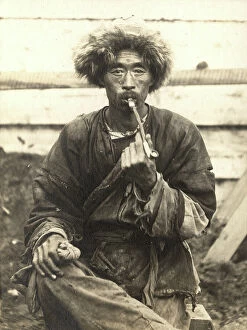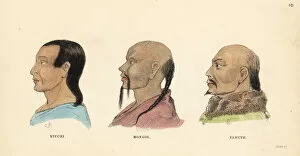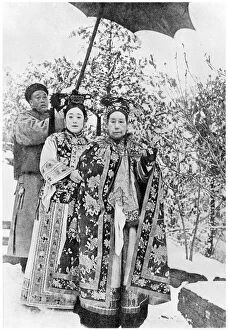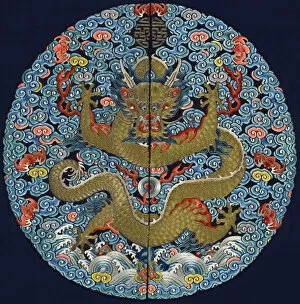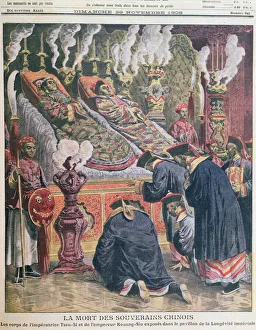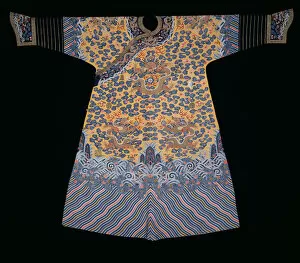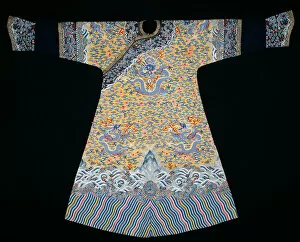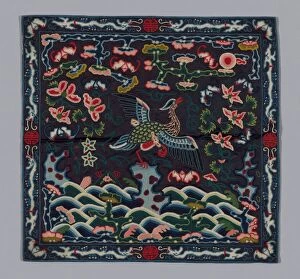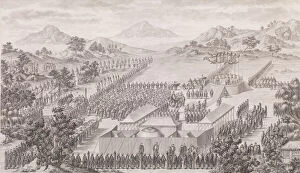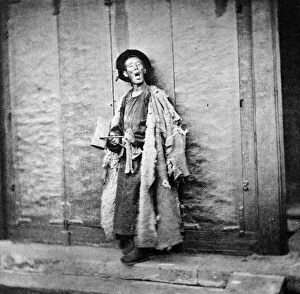Manchu Collection
The Manchu, a prominent ethnic group in China, played a significant role in the country's history
All Professionally Made to Order for Quick Shipping
The Manchu, a prominent ethnic group in China, played a significant role in the country's history. Led by Tzu-Hsi Dowager Empress and Hsuan Tung, the Manchu Emperor, they left an indelible mark on Chinese culture. Tzu-Hsi Dowager Empress was a powerful figure who ruled during the late Qing dynasty. Her reign saw both prosperity and turmoil as she navigated through political challenges. In contrast, Hsuan Tung ascended to the throne at a young age but faced immense pressure as he grappled with modernization efforts and political unrest. The Manchu Princesses were known for their elegance and grace, often seen donning traditional attire that showcased their rich cultural heritage. Their regal presence added splendor to court ceremonies and events. Court badges held great significance within Manchu society. The Mans Court Badge from the Qing dynasty exemplified prestige and rank among officials while symbolizing loyalty to the empire. Similarly, Buzi or Court Rank Badges denoted social status during this period. Tragedy struck when Emperor Kouang-Siu and his aunt Empress Tseu-Hi passed away. Their bodies were displayed in the pavilion of imperial longevity—a poignant moment captured in Le Petit Journal 1908—signifying the end of an era. Artistic expressions also reflected Manchu influence. Stem cups adorned with peony flowers, stylized vines, and characters showcased their appreciation for beauty and nature. Thanka linings depicted religious imagery dating back to the 18th century—an art form deeply intertwined with spiritual beliefs. Manchu women's fashion included garments like Magua robes—a semiformal domestic short robe—and Majia vests—worn either formally or informally within households—displaying intricate craftsmanship unique to this period. The legacy of the Manchus lives on through these historical artifacts that offer glimpses into their vibrant culture and the impact they had on China's past.

